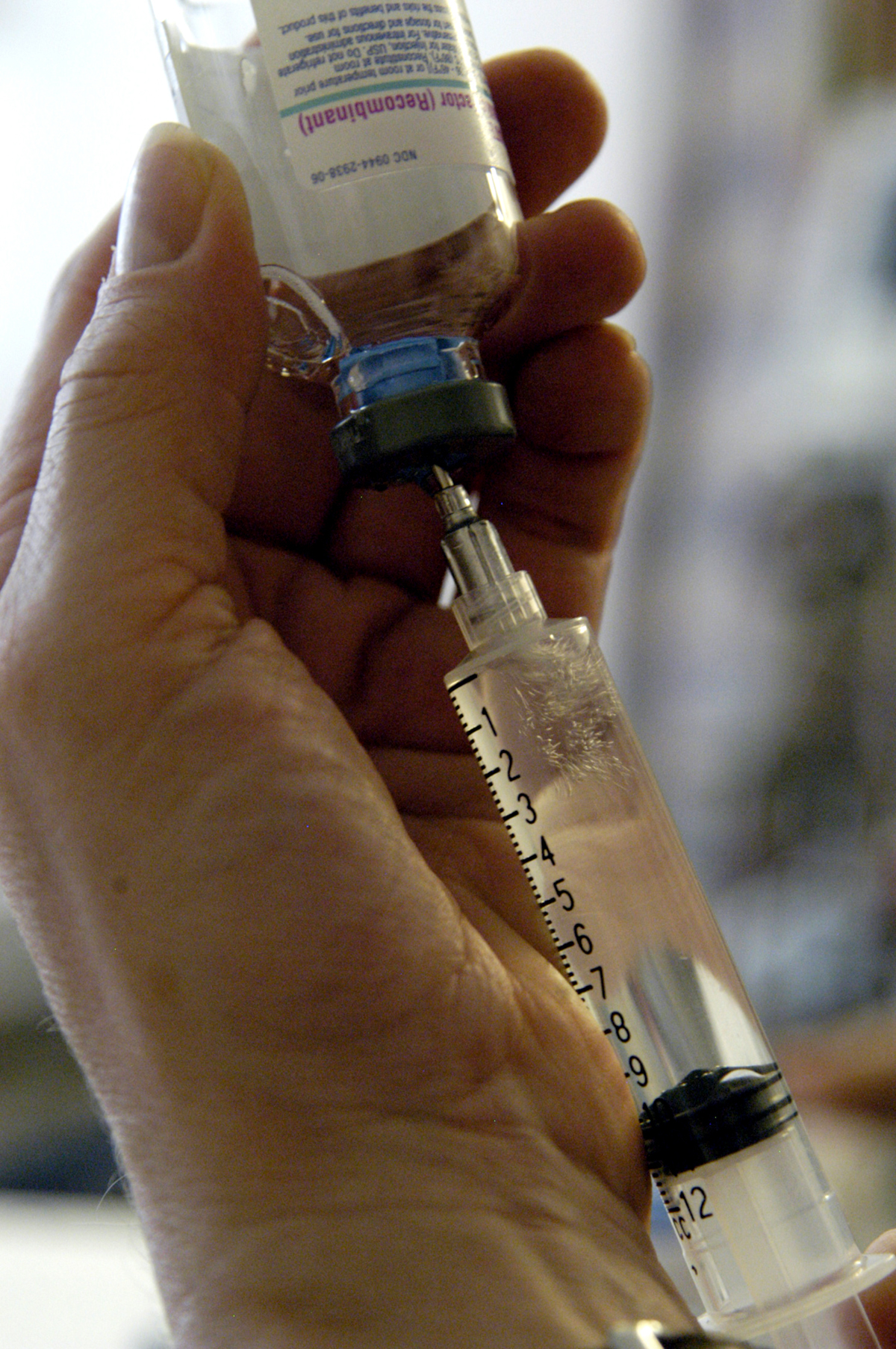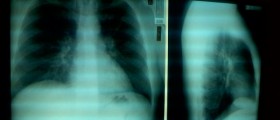
Hemophilia is a is a group of hereditary genetic disorders that characterizes as a bleeding disorder that affects blood clotting or coagulation, which is used to stop bleeding when a blood vessel is broken. People with hemophilia experience prolonged bleeding or oozing following an injury, surgery, or having a tooth pulled.
In severe cases of hemophilia, patients may even experience spontaneous bleeding, even in the absence of injury. Sometimes, severe complications may develop from bleeding into the joints, muscles, brain and other organs.
Hemophilia types and genetics
Hemophilia occurs in two major types: classic hemophilia, or hemophilia A, and hemophilia B, also known as Christmas disease. This disease occurs more commonly in males than in females. Hemophilia A is the most common type of this disorder. It is estimated that somewhere around 1 in 4,000 to 1 in 5,000 males worldwide are born with hemophilia A.
Hemophilia B occurs in approximately 1 in 20,000 newborn males all around the world. Hemophilia A is a recessive X-linked genetic disorder involving a lack of functional clotting Factor VIII and represents 80% of hemophilia cases. Christmas disease is a recessive X-linked genetic disorder involving a lack of functional clotting Factor IX. It occurs in approximately 20% of hemophilia cases.
Changes in F8 gene are responsible for hemophilia A. Mutations in the F9 gene are responsible for hemophilia B. Coagulation factor VIII is produced from the F8 gene, while F9 gene provides instructions for production of coagulation factor IX. Mutations in these genes are causing abnormal coagulation factors or lowering their amount.
Without these coagulation factors, the blood clotting process is severely disrupted. In severe cases of hemophilia, mutations are completely eliminating one of these coagulation factors. In mild cases, coagulation factors are just reduced but still active.
It is estimated that somewhere around 18,000 people in the United States have hemophilia, and each year, about 400 babies are born with the disorder.
How is hemophilia inherited?
Hemophilia is X-linked recessive disorder, which means that the mutated gene is located on the X-chromosome. Males are receiving X-chromosome from their mothers while females receive X-chromosome from both parents.
This way, if a female has a defective gene in one of the X-chromosomes, she will be protected from its effects as she has another “proper” X-chromosome, to substitute the mutated one. If this is a case, women will become a carrier of the mutation. If a male has a mutant X and normal Y-chromosome, he will be affected by the disease.
Two different situations are possible. If a mother is a carrier and father doesn’t have a disease, their daughters will have 50% of chance to become carriers, and their sons will have 50% of chance to become hemophiliacs.
If a father is hemophiliac and mother is not, their daughters will become carriers and the disease will not affect their sons. Simply put, father cannot pass the disease to his sons.

















Your thoughts on this
Loading...